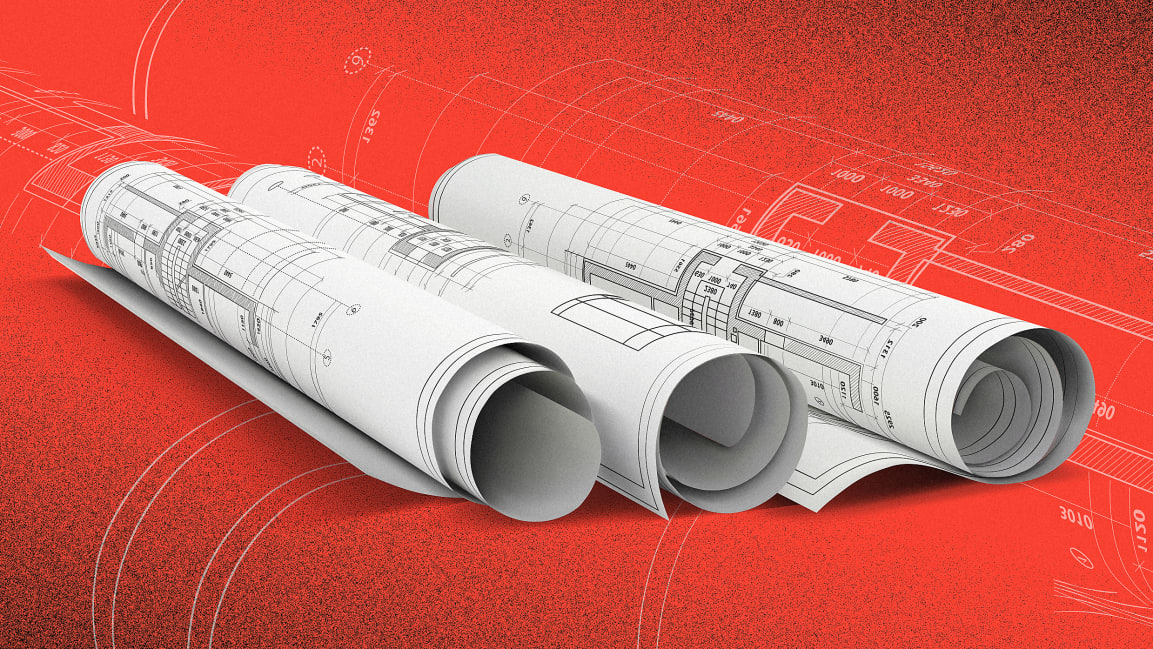Uncertainty looms amid work freezes, layoffs, and diminishing revenue.
[Source Image: urfinguss/iStock]
Nearly every industry is getting pummeled by the spread of COVID-19, and architecture is no exception. In late March, the American Institute of Architects conducted a survey of 387 architecture firm leaders, and the results suggest a deeply uncertain future for the profession. Two-thirds of the firms that responded said projects had either stopped or slowed down as a result of COVID-19, and a whopping 94% said they anticipate revenue to dip. Respondents expected their losses to only deepen in April.
The damage will be far-reaching, impacting individual practitioners, firms, and the profession at large. Firms are already furloughing workers and slashing pay. Foster + Partners, one of the most prominent architecture firms in the world, announced that its 1,400 workers would take a 20% paycut for three months. In New York, architects working on public projects have been ordered to suspend their design work indefinitely. “Many architecture firms are small businesses,” Dan Hart, AIA’s at-large director, points out. Small businesses have been especially hard hit by the economic fallout from COVID-19.
Firms with public projects underway in international locations are potentially the most at risk, as 47% of them have instituted a no-travel policy indefinitely, according to the survey, making it difficult to visit sites and maintain construction schedules. Firms that focus on residential architecture may be in even hotter water; the survey suggests they have gotten far fewer inquiries for new design contracts.
Twenty-five percent of the firms that responded expect a 15% loss in revenue this month, and that number may only increase as stay-at-home orders continue. If other creative fields are any indication, layoffs could accelerate. “The length, intensity, and uncertainty of this crisis will impact both the funding of and the opportunity for construction,” Hart says. “Gainful employment for architects is positively affected by shortening the impact of the crisis, flattening the infection curves, and introducing more certainty in containing the spread of the virus.”
So what’s to be done? In the short term, firms can take a few measures to offset the magnitude of their losses. Aside from applying for emergency loans through the government’s Payment Protection Program to pay for salaries, insurance, rent, and other operating costs, small firms (less than 500 people on staff) are eligible for loan forgiveness and businesses that are forced to shut down completely can get a payroll tax credit.
Looking ahead, AIA CEO Robert Ivy says it’s critical for the government to put more provisions in place to protect architecture and construction jobs—not just for the industry, but for society at large. “To jump-start the economy and bring architects and the critical design and construction economy back to life, we are strongly advocating for ‘vertical’ infrastructure, buildings, to be included in any additional stimulus bill,’” he writes in an email. “The nation needs housing, healthcare, and health-related research facilities (a clear need at this time), and schools. Architecture can and should create facilities that allow us to grow and heal, stimulating the larger economy while creating safer, more healthful places.”
Article first appeared in Fast Company
####
We are in this together and we will come out of it stronger than before. – David McFadden
Contact us for career counsilling and job opportunities at [email protected]
#employment #reccession #architecturejobs #architects #covid19 #coronavirus #aia









No comments so far!